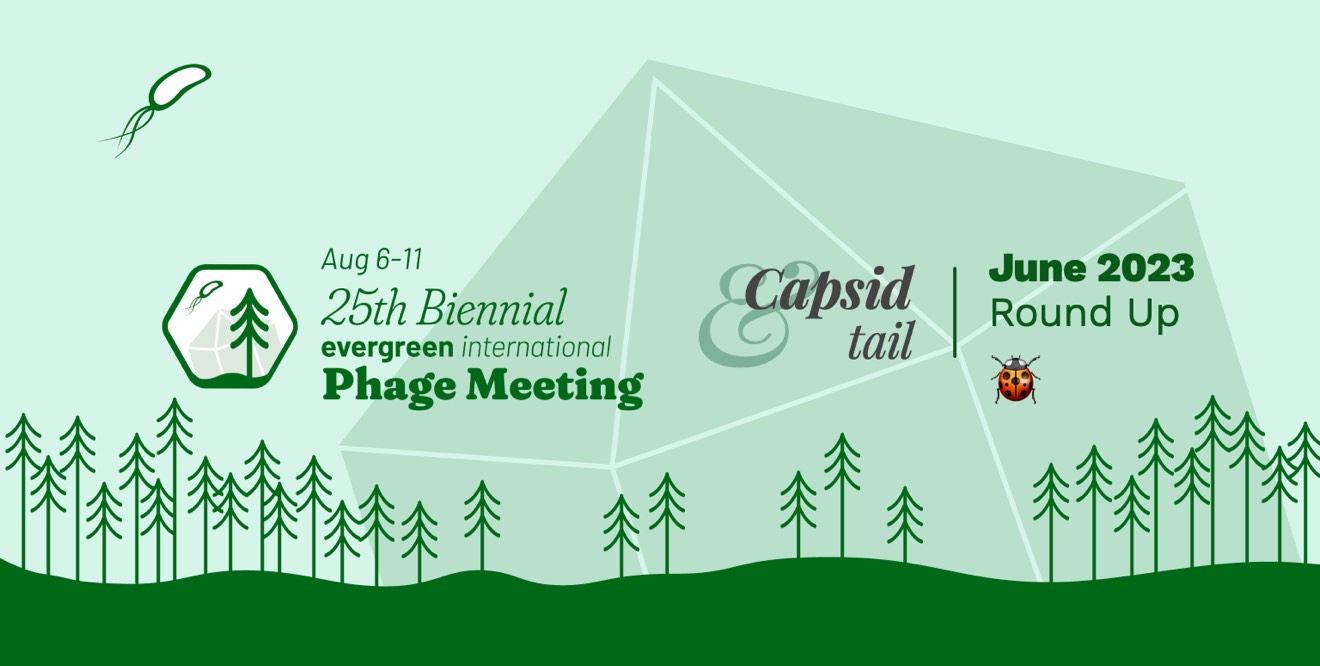Hi everyone, we’re sailing through 2023! These past few weeks has seen Jessica spending most of her time producing phages and learning and using AKTA Flux (and soon the AKTA Pure!). As for me, I’m writing about and building database tooling and prototypes for Phage Australia, which I’m excited to share with and open up to the rest of the world (once it’s ready…). We also had a couple of excellent guest posts this month.
If you’re excited to write about your phage research, project, or journey: here’s how to do it!
by Jan Zheng
In this blog post, I discussed the challenges of working with data in biology, and suggested using small SOPs to collect structured data and aggregating entries over time to better describe what was being measured. I also explored the benefits and drawbacks of using the Entity-attribute-value model for biobank items, and identified the need for a tool that could mix data from different sources for ease of analysis and reporting.
by Jessica Sacher
In this article, Jessica Sacher shares her journey in learning about the AKTA Flux system for purifying phages for patients. She discusses the challenges of phage purification and the need for a system like the AKTA Flux for the production of pure phages. The AKTA Flux system is used for tangential flow filtration and helps to clean and concentrate phage lysate while ensuring reproducibility and predictability. The author provides a primer on the AKTA Flux system for those who are new to it and highlights the benefits of using it for phage work. They also discuss the importance of understanding the parameters and how to monitor them. The author concludes that the AKTA Flux system can be part of a GMP process and is a useful tool for phage research.
by Dylan Woolsey
In this article, Dylan Woolsey discusses the ORACLE method, which creates different RBP variants in bacteriophages to understand the sequence-function relationship. This method involves creating T7 acceptor phages with modified tail fiber locus. These phages replicate on E. coli, creating a library of variants that can be sequenced to study the important variants of RBP on the tail fiber. ORACLE helps to better understand the structure of phage variants and the efficacy of bacteriophages for phage therapy.
by Robin Berghaus
In this CARB-X Spotlight article, Robin Berghaus discusses SNIPR Biome’s CRISPR-based phage therapy for preventing bloodstream infections in cancer patients. The article describes the development of SNIPR001, a cocktail of phages with a CRISPR-Cas system that specifically targets genes unique to E. coli in the gut before they can enter the bloodstream. The article also explains how the company engineered phage tail fibers to recognize both highly-conserved receptors and sugars that protect bacteria from the environment. The company hopes to develop a range of applications for its CRISPR-Cas platform, including products that target bacteria known to be correlated with colorectal cancer and live bacteria and phages that produce therapeutic compounds.
C&T Throwback!
In preparation for my data-centric topics for both Capsid & Tail, Phage Australia, and other talks, here’s a throwback to a C&T post about the Viral Host Range Database. You can find the full VHRdb here: https://viralhostrangedb.pasteur.cloud. Looks like their tool has been going strong!







